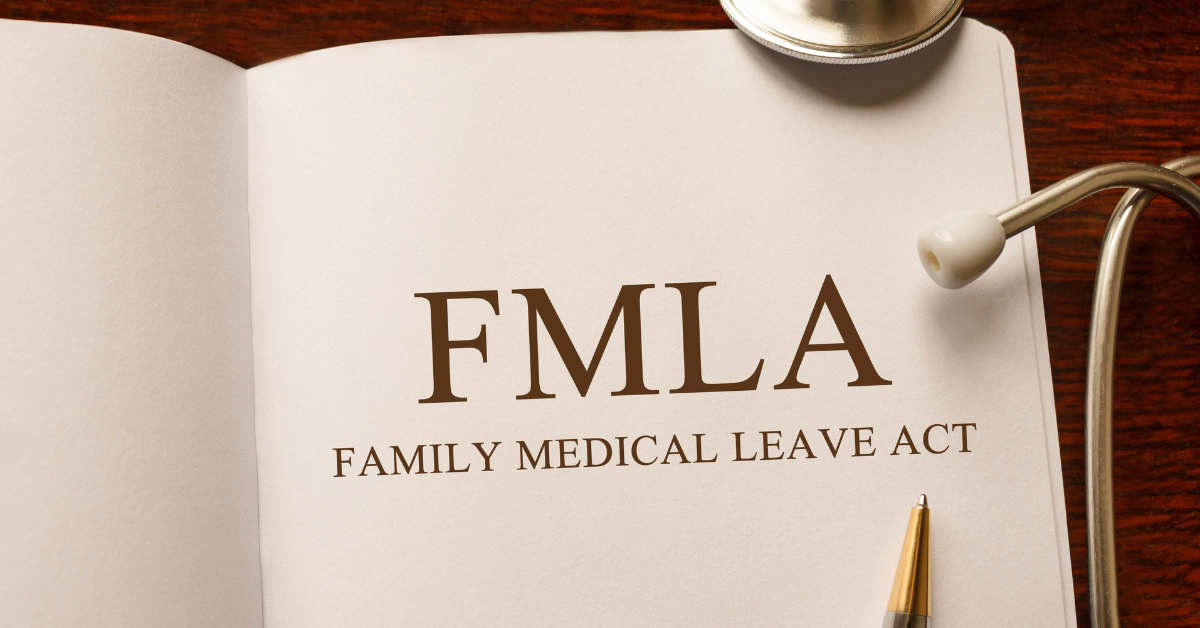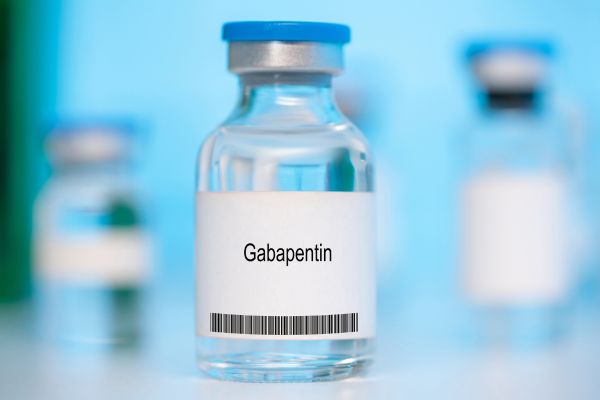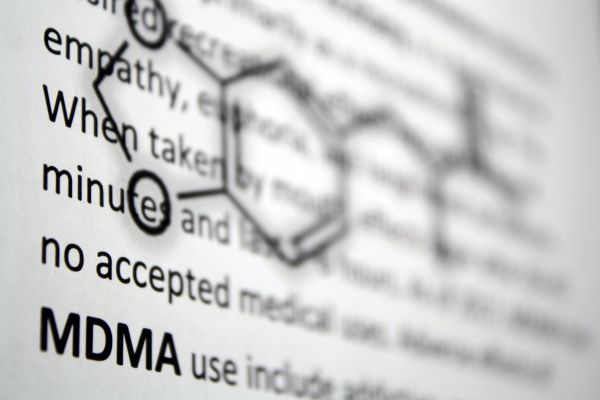When it comes to addiction recovery, the environment in which treatment takes place can significantly impact the healing process. Destination luxury rehabs often combine high-quality addiction care with serene, exclusive environments and personalized services that cater to affluent individuals seeking privacy and comfort. Let’s explore when it might be the right time to consider destination luxury treatment for addiction and how it can support a lasting recovery.
What Is Destination Luxury Treatment for Addiction?
Destination luxury treatment for addiction refers to high-end rehabilitation centers that offer premium care, privacy, and an array of personalized services to help individuals recover from substance use disorders. These treatment centers go beyond traditional rehab facilities by providing luxurious accommodations, holistic therapies, and an environment conducive to healing.
In addition to traditional addiction treatment methods like detox, counseling, and group therapy, luxury rehabs often integrate alternative and holistic therapies to support physical, mental, and emotional well-being. A typical destination luxury treatment center may offer services such as:
- Private rooms or suites
- Gourmet dining with personalized nutrition plans
- Holistic therapies like yoga, meditation, and acupuncture
- Spa treatments, fitness programs, and wellness activities
- High staff-to-client ratio for personalized care
Who Can Benefit from Destination Luxury Treatment?
Destination luxury treatment for addiction isn’t for everyone, but it’s especially beneficial for those who seek privacy, comfort, and a highly personalized recovery experience. Here’s who might benefit the most:
- High-Profile Individuals: Celebrities, executives, and other high-profile individuals who require discretion and privacy may prefer luxury rehabs, where confidentiality is paramount.
- Those Seeking Holistic Healing: People who value a mind-body approach to healing, combining traditional treatments like therapy and detox with holistic methods such as mindfulness practices, equine therapy, and fitness activities, can thrive in these environments.
- Individuals Needing a Complete Change of Scenery: Some people need to leave their home environment entirely to focus on recovery. Destination rehabs allow them to detach from triggering environments and fully immerse in their treatment process.
- Clients Desiring More Personalized Care: Luxury treatment centers typically have a higher staff-to-client ratio and offer more tailored treatment plans that address the individual’s specific needs.
- People Who Value Comfort: For those who may find traditional rehab settings too uncomfortable or clinical, the luxurious environment can make the process feel more inviting and bearable.
Benefits of Destination Luxury Rehab Centers
Choosing destination luxury treatment for addiction provides several benefits that traditional rehabilitation centers may not offer. These unique advantages contribute to a more comfortable, supportive, and personalized recovery journey:
- Privacy and Confidentiality: Luxury rehabs are often located in secluded locations, ensuring that patients can recover away from public attention. This level of privacy is crucial for high-profile clients who need discretion.
- High-End Amenities: Luxury addiction treatment centers offer amenities that enhance comfort, from spa services to gourmet meals. Patients can enjoy massage therapy, yoga, fitness programs, swimming pools, and even access to private chefs and personal trainers.
- Holistic and Alternative Therapies: These centers typically provide a range of alternative therapies beyond traditional addiction treatment. This might include meditation, acupuncture, equine therapy, or art therapy to promote healing on all physical, mental, and emotional levels.
- Personalized Care: With smaller client numbers and higher staff ratios, luxury rehabs offer customized treatment plans tailored to the specific needs of each individual, focusing on both addiction recovery and underlying mental health issues.
- Scenic Healing Environments: Many luxury rehabs are situated in naturally beautiful settings, allowing patients to recover in peaceful environments like beaches, forests, or mountains. These surroundings can have a positive impact on mental well-being and overall recovery.
When Should You Consider Destination Luxury Treatment?
Deciding to opt for destination luxury treatment depends on various factors, including personal needs, privacy concerns, and the desired level of care. You should consider this option if:
- Privacy and Confidentiality Are Critical: If your profession or personal life requires high levels of discretion, luxury rehabs offer the privacy needed to recover without public exposure.
- You Seek Comprehensive and Holistic Care: Luxury treatment centers often offer a full range of holistic options that go beyond standard rehab services, making them ideal for those who want a more well-rounded approach to healing.
- A Complete Escape Is Necessary for Recovery: For some, the only way to fully focus on their recovery is to step away from their current environment. Destination rehabs offer the opportunity to remove yourself from daily triggers and distractions.
- You Require Specialized Treatment: If your addiction involves co-occurring mental health conditions like anxiety, depression, or trauma, luxury rehabs may offer more specialized therapies and support systems designed to treat complex cases.
- Financial Resources Are Available: Luxury rehabs often come with a higher price tag, so having the financial means to afford the extensive services is essential. These centers are excellent for those who prioritize comprehensive care and can afford the investment.
How to Choose the Right Luxury Destination Treatment
Choosing the right destination luxury rehab is a critical decision that can significantly impact the effectiveness of your treatment. Here’s how you can evaluate your options:
- Check Qualifications of Medical and Therapeutic Staff: Ensure that the rehab center has licensed professionals with experience in treating addiction and co-occurring mental health disorders.
- Research Success Rates: Look into the facility’s track record of success. Reading reviews and testimonials or even asking for references can give you insight into past clients’ experiences.
- Evaluate the Amenities and Services Provided: Luxury rehabs offer different amenities, so consider what services matter most to you—whether it’s holistic therapies, personalized meals, or fitness programs.
- Look Into Aftercare and Support Programs: Recovery doesn’t end when you leave the facility. Make sure the center offers robust aftercare programs or support systems to help you maintain sobriety long-term.
- Consider Location and Setting: Consider the environment that will best support your recovery. Would you prefer a beachside resort, a mountain retreat, or something else? The right setting can make a huge difference in your healing process.
Remember, seeking treatment is a courageous first step, and choosing the right facility can be the key to long-lasting recovery. If you’re ready to explore the benefits of destination luxury treatment, reach out to a facility that matches your needs and take the next step toward a healthier, addiction-free life.









